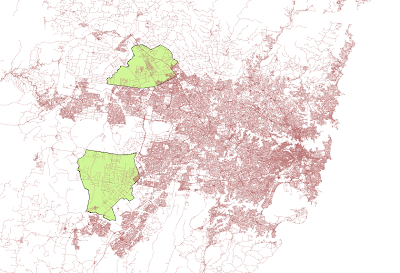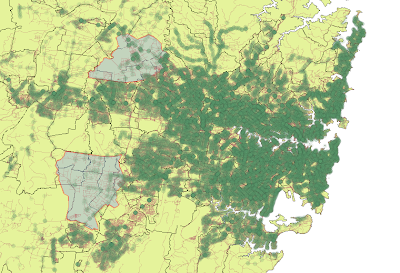I recently had the desire to send small updates to my so called
lifestream page via XMPP/GTalk. I played around with Twisted Words and several other Python XMPP clients, but I didn't really want to keep a daemon running if unnecessary. It turns out imified took a lot of the pain out of it. The steps for me were as follows:
Create an account with imified, and create a URL, e.g. /app/api/
We then configure the
urls.conf
urlpatterns = patterns('',
(r'^app/api/$', bot_stream),
)
We then create the necessary views. So, in
views.py:
from django.shortcuts import render_to_response
from django.http import HttpResponse
from lifestream.forms import *
from datetime import datetime
from time import time
def bot_stream(request):
if request.method == 'POST':
botkey = request.POST.get('botkey')
username = request.POST.get('user')
msg = request.POST.get('msg')
network = request.POST.get('network')
if username == "username@gmail.com" or network == "debugger":
blob_obj = Blob(id=time(), body=msg, service_name="Mobile",
link="http://www.kelvinism.com/about-me/", published=datetime.now())
blob_obj.save()
resp = "OK"
else:
resp = "Wrong username %s" % username
else:
resp = "No POST data"
return HttpResponse(resp)
To complete this little example, you can see what I used for my
models.py
class Blob(models.Model):
id = models.CharField(max_length=255, primary_key=True)
body = models.TextField(max_length = 1024, null = True, blank = True)
service_name = models.CharField(max_length=50, null=True, blank=True)
link = models.URLField(max_length=255, verify_exists=False, null=True, blank=True)
published = models.DateTimeField(null=True, blank=True)
def __unicode__(self):
return self.id
class Meta:
ordering = ['-published']
verbose_name = 'Blob'
verbose_name_plural = 'Blobs'
def get_absolute_url(self):
return "/about-me/"
It maybe isn't super elegant, but it works just fine, and maybe can provide a hint if somebody else is contemplating using a homebuilt xmpp solution, or just pawning it off on IMified.








